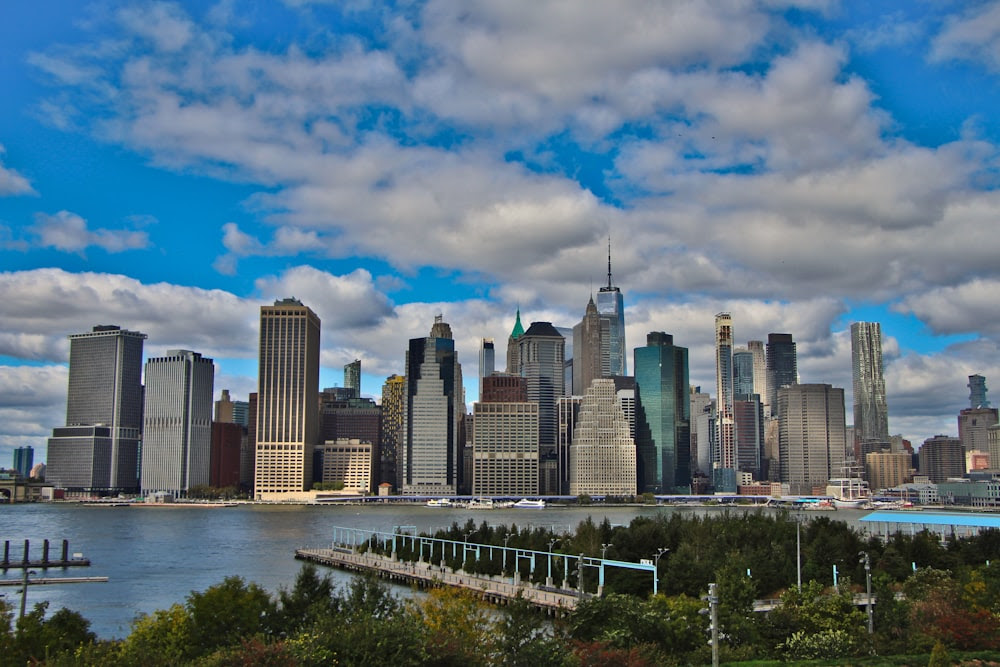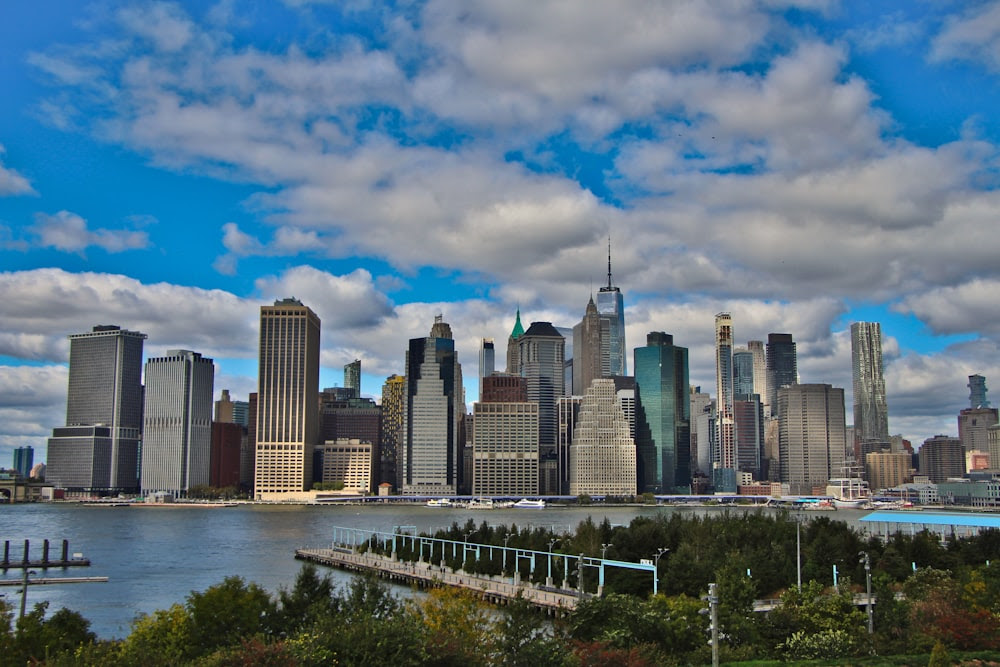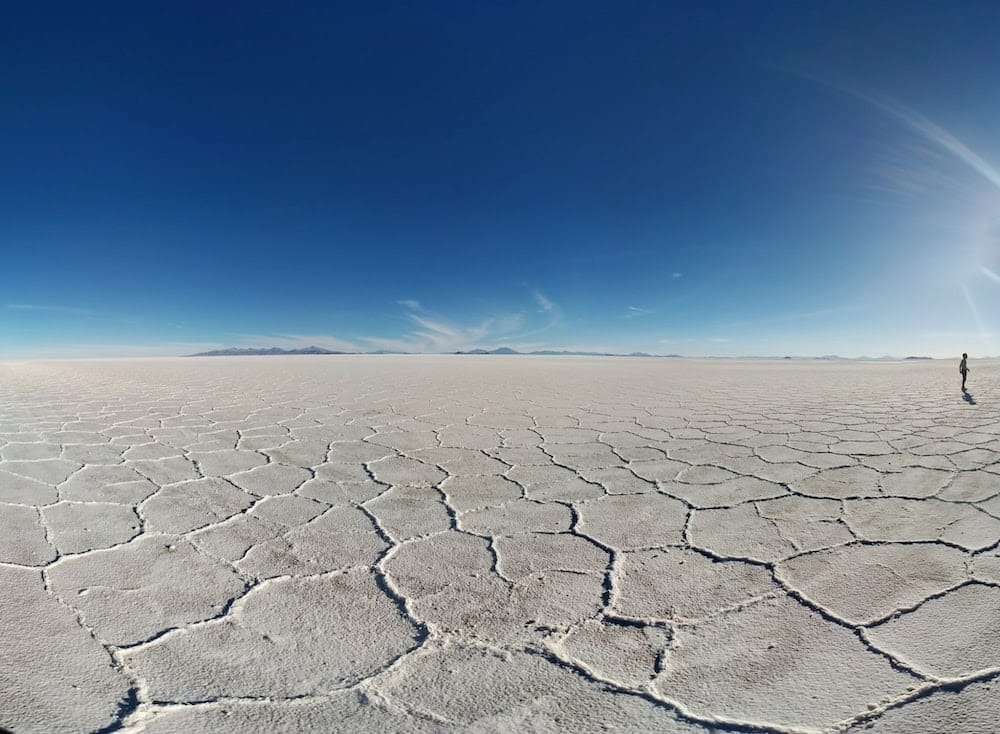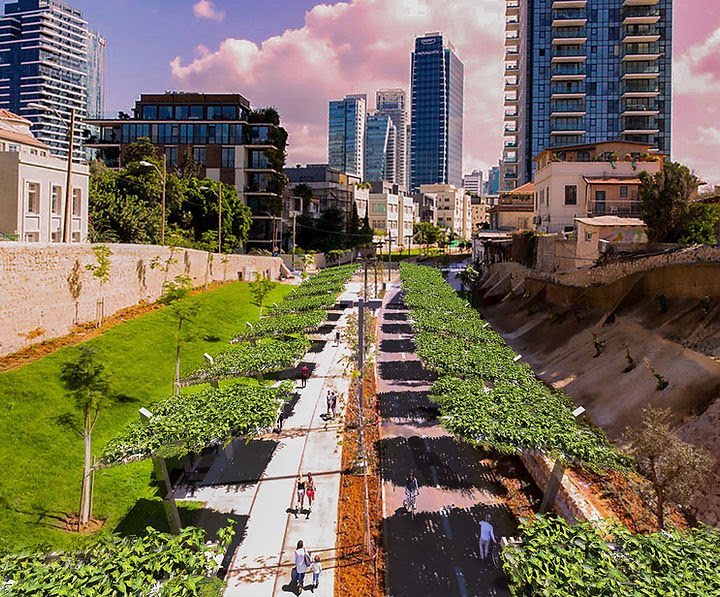
There is no more winter in New York, spring temperatures, no snow and light rain.
It is incredible, no snow, since the beginning of the winter. On Saturday, January 6, 2024, New York City picked up 0.2” of snow. That was the first measurable snowfall of the 2023-2024 season. That was tied with Winter 1891-1892 for the 13th latest first measurable snowfall on record
New Yorkers are surprised: “It’s really sad,” says Anne Hansen, a retired teacher. “Normally, we don’t like to see snow coming. But now we find ourselves bitterly missing it.
New York usually gets its first snowfall in late November or early December. Last year, it took until Christmas Eve. Schoolchildren and employees then enjoy the often generous “snow days” that allow them to stay at home. The children take out their sleds, and the adults put on their cross-country skis and head for Central Park.
The children love these big snowfalls: “We stay at home, we drink hot chocolate, the dog loves it”, describes the director Renata Romain. But, he hastens to add, “ the snow is beautiful to see the first day, but after that it gets dirty, it melts, and it’s nasty.”
You have to go back to 1973 to find such a situation, New Yorkers had waited for snow until January 29, 1973, according to the National Weather Service (NWS).
Therefore, the absence of snow on Sunday means that this duration has been exceeded for the first time since records began in 1869. New York is also closing in on its longest streak of days in a row without snow: the record to beat is 332 days. On Sunday, January 29, 2023, the number of 326 days was reached.

It is clear that “This is very unusual”, confirms Nelson Vaz, a meteorologist, recalling the recent paradoxical cold waves. One meter of snow fell in December 2022 in Buffalo, killing 39 people.
However, in the metropolis of New York, 600 km to the south, the historic storm that frigid much of the United States around Christmas resulted in a lot of rain and abnormally high temperatures. You have to go back to 1932 to find a warmer start to January than this year, according to Weather.com.

Warmer winters in New York are also affecting the winter-spring season transition, impacting the timing of blooming for trees and flowers which migrating and hibernating wildlife depend on for food. Changes to the timing of the winter-spring transition can also impact agriculture by extending the length of the growing season, with the last frost of winter occurring earlier in the year.
Although increasing the length of the growing season can have advantages, it can also impact the types of crops that can be grown, encourage invasive species, weed growth, and crop diseases, and increase demand for irrigation. Deciding on the right timing for late winter tapping of maple trees for producing maple syrup, a commercially important commodity for New York, is expected to become more difficult.
Shifting seasons can also impact natural ecosystems, plant productivity, and forest health. Warmer late-winter and early-spring temperatures can expand the geographic range and population size of invasive insect species that harm native vegetation, such as the emerald ash borer and southern pine beetle. Warmer winters also, can extend the season for disease-carrying species like ticks and mosquitoes.




